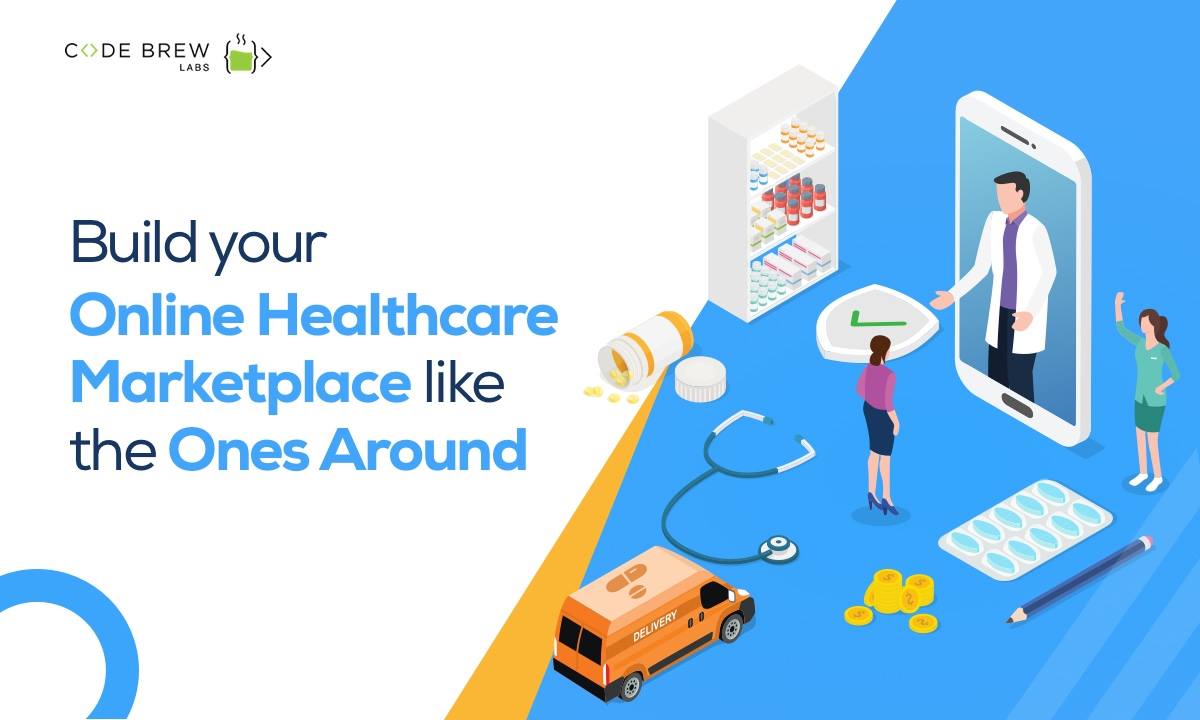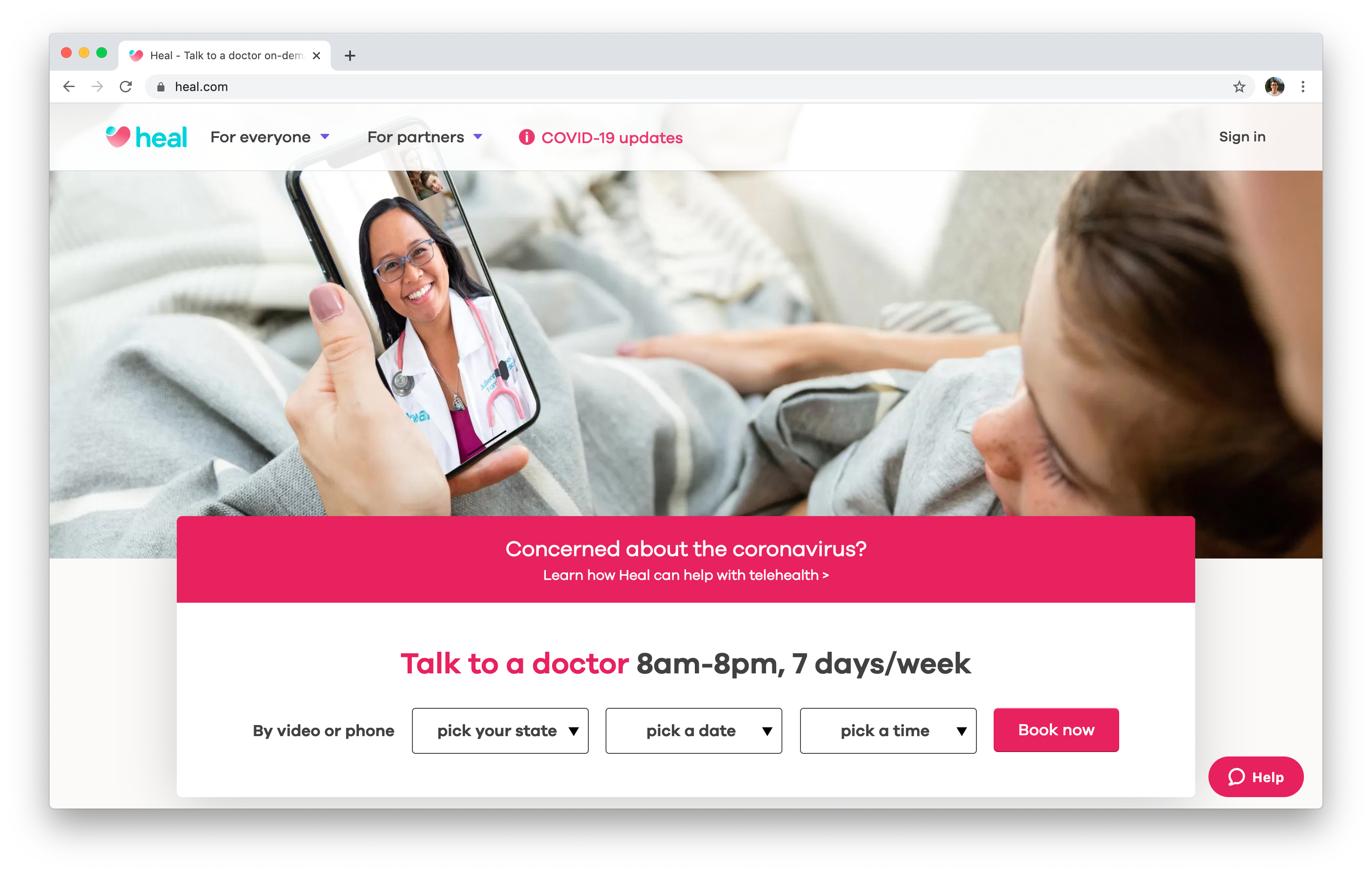Why Subscription Based Healthcare is Getting Popularity Among Patients Today
Wiki Article
The Rise of Subscription-Based Healthcare and Its Influence On Person Treatment
As medical care evolves, the subscription-based design is getting grip, guaranteeing to transform patient treatment by using predictability and ease of access. These designs, which bypass typical insurance policy, can redefine the patient-doctor dynamic, highlighting customized and preventative care. Yet, similar to any type of technology, they present challenges, particularly worrying fair gain access to for all socioeconomic groups. The possibility for these versions to improve healthcare delivery raises pressing questions about their lasting sustainability and inclusivity. Are these membership services the future of healthcare, or do they take the chance of leaving vulnerable populaces behind? The intricacies of this shift warrant a closer assessment.Understanding Subscription Medical Care Designs
Realizing the concept of membership medical care models involves taking a look at a transformative approach to clinical solutions that emphasizes affordability and availability. These versions, often described as straight health care (DPC) or attendant medicine, have become ingenious choices to conventional fee-for-service health care systems. Membership health care permits patients to pay a set monthly or annual fee for a specified collection of clinical solutions, which might consist of limitless office visits, regular examinations, and standard laboratory examinations, without the need for standard insurance policy invoicing.The structure of membership medical care designs is designed to streamline individual treatment by removing third-party payers and complex payment codes, consequently decreasing administrative burdens. Health care companies can focus more on individual treatment, fostering more powerful patient-provider relationships. This design likewise promotes preventative care by motivating normal check outs, as the monetary barrier of per-visit fees is removed.
The registration model typically equips health care companies to manage smaller sized individual panels, enabling more personalized treatment. It lines up financial incentives with patient wellness results, as suppliers are motivated to maintain patient complete satisfaction and wellness. On the whole, comprehending membership health care versions calls for recognizing their prospective to improve how care is provided and accessed.
Benefits for Clients and Companies

With a stable profits stream, health care professionals can commit even more time to each individual, leading to a more thorough and personalized care experience. The emphasis on precautionary care within registration strategies can lead to better individual results and reduced long-lasting healthcare expenses.
Obstacles and Worries
While subscription-based healthcare versions existing countless benefits, they additionally come with a collection of challenges and concerns that need to be attended to. This elevates ethical inquiries concerning equitable accessibility to medical care solutions.Financial sustainability of subscription-based versions is one more concern. Providers should balance the fixed revenue from subscriptions with the variable costs of medical care services, which might fluctuate because of unpredicted medical needs. This can produce pressure to limit services or boost charges, potentially affecting client contentment and care quality.
Furthermore, governing oversight of subscription-based healthcare designs is still progressing. Addressing these obstacles is important for the effective and fair application of subscription-based healthcare.
Effect On Patient-Doctor Relationships
One considerable influence of subscription-based medical care designs on patient-doctor relationships is the capacity for boosted continuity and individualized care. By embracing a subscription version, doctors can take Get the facts care of a smaller sized client panel, permitting even more dedicated time with each individual. This raised accessibility cultivates a deeper understanding of an individual's case history, lifestyle, and preferences, allowing more tailored treatment strategies and interventions.
However, it is essential to recognize that while subscription-based models might profit those who can afford them, they can accidentally broaden medical care differences. Individuals that are unable to take part in these designs could experience reduced accessibility to individualized care, possibly impacting their partnerships with medical care service providers. Hence, while the membership design uses appealing advantages for patient-doctor partnerships, it likewise positions difficulties that require to be dealt with to guarantee fair healthcare gain access to.
Future of Healthcare Gain Access To

The function of innovation can not be forgotten in this makeover. Telemedicine platforms and electronic health documents assist in smooth communication in between individuals and doctor, damaging down geographical read this article and logistical obstacles. Furthermore, improvements in expert system and data analytics can better customize healthcare by forecasting individual needs and enhancing treatment plans.
Nevertheless, the future of health care access also offers challenges, such as guaranteeing equity throughout various site web socio-economic groups. Policymakers and healthcare suppliers should collaborate to connect the electronic divide, ensuring that subscription-based models stay budget-friendly and comprehensive. As these systems grow, they hold the assurance of making healthcare more obtainable, reliable, and patient-centric.
Verdict
Subscription-based medical care designs are improving individual care by giving a steady cost structure and enhancing access. The rise of subscription-based healthcare encourages proactive client engagement, which has the potential to improve patient outcomes and contentment, indicating a transformative shift in healthcare delivery.As healthcare evolves, the subscription-based version is obtaining grip, guaranteeing to reinvent individual care by offering predictability and accessibility.Subscription-based medical care versions use unique advantages for both providers and people, boosting the general healthcare experience.As medical care systems progress, the future of healthcare accessibility regularly pivots on the integration of cutting-edge designs and technologies.Subscription-based healthcare designs are reshaping person treatment by giving a secure price structure and boosting availability. The increase of subscription-based medical care motivates proactive individual engagement, which has the possible to improve individual outcomes and contentment, indicating a transformative change in health care distribution.
Report this wiki page